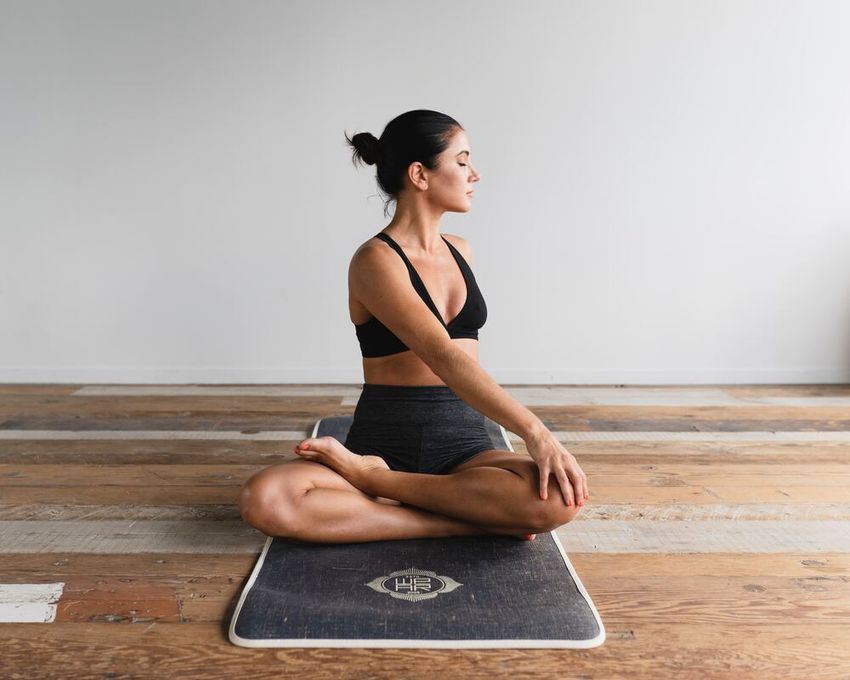By: Dr. Stephanie Duffey • Feb 10, 2020
Have you ever heard the expression, “You can’t pour from an empty cup?” When I was taking a yoga class the other day, the teacher mentioned this when we were holding a stretching posture for a particularly long time. While I was uncomfortable, her words really resonated with me.
All-too-often, we don’t take the time to slow down and take care of ourselves. This is especially true when it comes to our fitness routines. A lot of people focus on the hard stuff, but the recovery time is equally important because that’s when your muscles rebuild from the intense workouts. There are actual chemical changes that happen in your body to help rebuild your muscles and if you skip out on slowing down, you’re not getting the maximum benefit from your workouts. Proper self-care reduces your risk of injury, helps you feel healthy and strong, and is great for overall mental health.
My key tip for showing yourself some love is to focus on recovery. This means getting enough sleep, fueling your body with nutritious food, staying hydrated, and incorporating stretching into the mix.
Remember, workouts don’t always have to be so intense, they can be enjoyable too. Listen to your body and if you aren’t feeling it, slow down and recognize that the recovery time will be better for you in the long run.
If you need a little inspiration, here are a few of my favorite ways to practice self-care:
- Foam rolling
- Slow yoga (yin and deep stretch)
- Going on a walk
- Writing in my gratitude journal
- Going to bed early
- Enjoying a massage
- Knitting and watching Say Yes to the Dress (guilty pleasures!!)
I hope this encourages you to find a productive way to slow down and nurture your body. Need help developing a self-care plan? Let’s chat!

